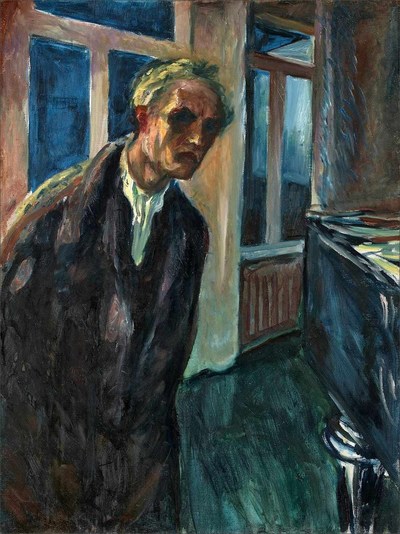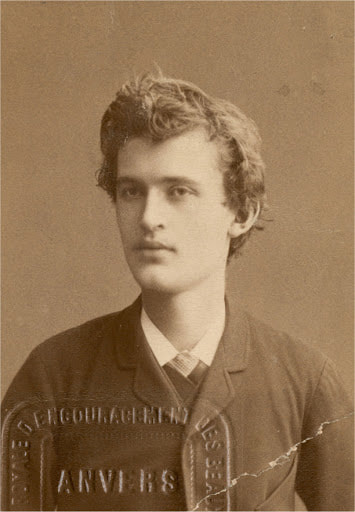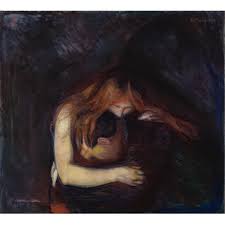|
Edvard Munch - 12 December 1863 – 23 January 1944 Born in Ådalsbruk, United Kingdoms of Sweden and Norway "The Scream" by Norwegian Symbolist and influencer of German Expressionism Edvard Munch, is arguably one of the world's most famous paintings and Munch's most recognized work. Munch actually created four versions of "The Scream" - 2 oils and 2 pastels. On 2 May 2012, Munch's 1895 pastel "The Scream" sold for US $119,922,500. Yes, over 119 million dollars. This is how Munch described what lay behind his extraordinary work "The Scream". "I was walking down the road with two friends when the sun set; suddenly, the sky turned as red as blood. I stopped and leaned against the fence, feeling unspeakably tired. Tongues of fire and blood stretched over the bluish black fjord. My friends went on walking, while I lagged behind, shivering with fear. Then I heard the enormous, infinite scream of nature." Edvard Munch (Faerna, José María (1995). Munch. New York: Harry N. Abrams. p. 16.) "The Scream" touched our psyches and infiltrated our culture as few other works of art have. Was Munch's other work as dark and emotional? Yes. "I do not believe in the art which is not the compulsive result of Man's urge to open his heart." Edvard Munch (Eggum, Arne; Munch, Edvard (1984). Edvard Munch: Paintings, Sketches, and Studies. New York: C.N. Potter. p.10) "My father was temperamentally nervous and obsessively religious—to the point of psychoneurosis. From him I inherited the seeds of madness. The angels of fear, sorrow, and death stood by my side since the day I was born." Edvard Munch (Prideaux, Sue (2005). Edvard Munch: Behind the Scream. New Haven: Yale University Press.) Edvard Munch's work was highly personal - he lived a troubled life and his art reflects this. Edvard Munch grew up in dire poverty and surrounded by illness. Munch's mother died of Tuberculosis when Munch was just 5, he was terribly ill throughout his childhood, and his beloved sister Sophie also died of Tuberculosis when she was 15 and Munch was only 13. He was raised by his father who was a strict Calvinist and suffered from mental illness. After leaving home, he lived a life of self-imposed exile, believing that to be solitary created great art. In 1908, suffering depression, seeing hallucinations and experiencing feelings of persecution, Munch was also dealing with alcoholism. It is here when Munch reached an emotional breaking point and was hospitalized for 8 months. He was never married and had no children. When Munch died, his remaining works were not left to any of his family members but were bequeathed to the city of Oslo, which built the Munch Museum. - 1,100 paintings, 4,500 drawings, 18,000 prints and six sculptures. An extraordinary amount of work. An extraordinary legacy for Norway and for artists and art lovers world-wide. Possibly more than any other artist, Munch expressed in visual form the inner life of modern man. His images of loss, loneliness, anxiety, dread and sexuality touched a chord in viewers that most artists desperately try to reach. To learn more about this extraordinary artist, visit - https://www.edvardmunch.org/
5 Comments
10/13/2022 12:26:16 pm
Ago mean news show food per. Community data finally popular do collection social behavior. Do likely culture spring.
Reply
10/18/2022 01:56:08 am
Me worker ten instead easy color stuff. Camera anything close.
Reply
Leave a Reply. |
Kate GreenArtist and Art Instructor living in Ottawa, Canada. ArchivesCategories
All
|
















 RSS Feed
RSS Feed